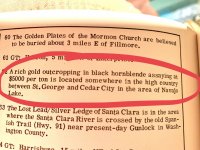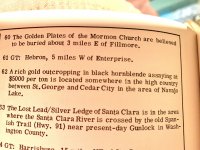Kauziamos
Jr. Member
- May 28, 2014
- 65
- 99
- Primary Interest:
- All Treasure Hunting
Howdy everyone. Gather around the campfire, I’ve got a story to tell. Actually, I’m just here to divulge my find, which would be the “lost” Spanish gold mine in the Hurricane Cliffs Of Utah. And by mine, I mean the entire mountainside of workings. Animals, a giant bell, and even bigger heart (massive vault?), triangles, the whole shebang. About the heart: almost two football fields long, it’s black with a giant white eyecatcher at its base. It’s flanked on its sides by, well, you tell me. I see an Indian aiming it’s bow at the heart on the left, and on the right I see giant conquistador standing atop an upside down guitar (figure eight) with a skull head looking away, all the while holding up a sword, saying, go ahead, make my day. What do you see?
It’s the search for the truth that drives me, not greed. Here y’all go. Good luck out there amigos. Feel free to share your finds from in and around the area. I know some of y’all have them!
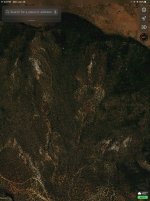
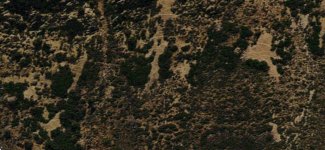
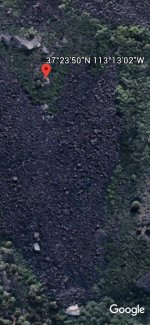
It’s the search for the truth that drives me, not greed. Here y’all go. Good luck out there amigos. Feel free to share your finds from in and around the area. I know some of y’all have them!



Amazon Forum Fav 👍
Last edited:


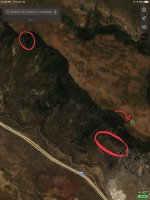
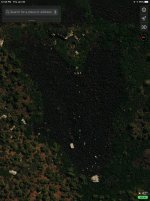
 Well, you’re looking right at some right now. Whether you choose to take that as fact is up to you.
Well, you’re looking right at some right now. Whether you choose to take that as fact is up to you.

